As someone with curly hair, I have to be really careful about the haircare products I choose. Whether it’s shampoo, conditioner, or hair gel, there’s a long list of ingredients I just won’t risk applying to my hair anymore. If you’re the same way, and especially if you follow the Curly Girl Method (CGM), then I think you’ll find this article helpful.
Growing up, I used quite a few Trader Joe’s hair products, like their Nourish Spa Shampoo & Conditioner as well as their Refresh Citrus Shampoo & Conditioner. But unfortunately, I always found these products to be too drying for my already dry, frizzy hair.
Recently, though, I set out to find a new clarifying shampoo for my CGM routine, so I decided to give TJ’s another shot with their popular Tea Tree Tingle Shampoo.
Contents
The Basics
Trader Joe’s Tea Tree Tingle Shampoo comes in 16-oz bottles and sells for $3.99. Considering the overall quality of this shampoo (as I’ll discuss below), this is a pretty unbeatable price.
This shampoo is vegan, cruelty free, and contains primarily certified-organic ingredients. Unfortunately, this shampoo is not 100% biodegradable as it contains sodium chloride. Sodium salts are considered inorganic compounds and are never biodegradable. However, all other ingredients in this shampoo are biodegradable.
As for the aroma, I’m not actually the biggest fan of the way tea tree smells, so I was pleasantly surprised that this shampoo smells more like peppermint and eucalyptus than anything else. That’s probably due to the fact that the shampoo does not contain any tea tree essential oil. Instead, the main ingredient is water infused with tea tree leaf, which yields a milder smell.
Tea Tree Tingle Ingredients
On first glance, this shampoo contains a ton of ingredients that are super nourishing for our hair. Things like tea tree, peppermint, and rosemary are known for promoting scalp health, while nettle and horsetail have long been used as tonics for healthy, strong hair. Plus, all of the botanical ingredients in this shampoo are certified organic. And for a shampoo that only costs $3.99 per bottle, that’s pretty unheard of.
Is Tea Tree Tingle Curly Girl Approved?
If you don’t have curly hair (or if you don’t spend much time on TikTok or Instagram), then you might be wondering what “curly girl approved” means.
The Curly Girl Method (CGM) was created by master stylist Lorraine Massey in the early 2000s as the optimal way for anyone with curly hair (not just girls) to care for and accentuate their naturally curly or wavy hair. The method involves a set of rules and approved ingredients that many “curly girls” follow almost religiously, achieving amazing results by nursing their curly locks back to health.
But in order to follow CGM closely, you have to make sure not to use certain ingredients. In fact, most conventional shampoos are off the list. This is because conventional shampoos contain harsh cleansers called sulfates designed to entirely strip the hair of dirt, oil, and product buildup. Unfortunately, this level of cleansing is actually unnecessary in most cases and ends up damaging our hair overtime, leading to dull, lifeless, and limp hair.
Of course, if your hair is naturally straight, you might not notice the change as much, but for us “curly girls,” the effects can be devastating. For this reason, a curly girl approved shampoo must not contain sulfates or other harsh ingredients (or ingredients that can only be cleansed away using sulfates).
Lucky for us curlies, Trader Joe’s Tea Tree Tingle Shampoo is sulfate free. But are there any other ingredients we should be watching out for?
When I read over the ingredients list, a few things stood out to me–sodium c12-14 olefin sulfonate, cocamidopropyl betaine, phenoxyethanol, and sodium chloride. To me, these all raised some potential red flags, so I did some research.
According to SauceBeauty.com, sulfonate (short for sodium olefin sulfonate) is not actually a sulfate. Instead, sulfonate is a “surfactant” derived from coconut. And according to CurlyGirlSays.com, “surfactants are a chemical compound that removes every speck of dirt, product buildup, and pollutants clinging to your hair.” But while this sounds pretty harsh, they also share that while sulfonates strip your hair of dirt, buildup, and oil, they are far less harsh than sulfates.
But this doesn’t mean that a sulfonate-containing shampoo should become your go-to product (especially if you have curly hair or if your hair trends toward the dry side). According to the same article from CurlyGirlSays.com, “sulfonate[s] should only be used on people with extremely oily hair or [who] have dirt and product build-up.”
Another potentially problematic ingredient on the list is cocamidopropyl betaine. According to NaturallyCurly.com, cocamidopropyl betaine “is gentler and less irritating than surfactants such as sodium lauryl sulfate, but it can still be fairly drying to the hair, especially if it is included at high concentrations or is not accompanied by replenishing moisturizing agents and emollients.” But while this is true, cocamidopropyl betaine is an approved CGM (curly girl method) ingredient according to both CurlsBot.com and IsItCG.com.
I also checked phenoxyethanol and sodium chloride against the curly girl standards, and they both passed with flying colors.
So, what does all this mean?
Trader Joe’s Tea Tree Tingle Shampoo can be considered “curly girl approved” when used safely as a clarifying shampoo about once per month. It should only be used more frequently if you have particularly oily hair or significant buildup. Otherwise, you’ll run the risk of stripping and damaging your hair due to the presence of sodium olefin sulfonate.
Now that we know Tea Tree Tingle is CGM approved, let’s look at how well it works for some other common hair concerns.
Tea Tree Tingle and Dandruff
Dandruff can be caused by several factors, including dry skin, genetics, or something called Malassezia fungi. While these fungal yeasts are a normal part of the skin’s microbiome, they can start to create problems when their populations become too large. In other words, if we don’t keep our skin and scalp clean enough, the fungi can take over and create bothersome symptoms like dandruff.
If you’re dealing with an overgrowth of Malassezia fungi, Trader Joe’s Tea Tree Tingle Shampoo can be a great solution. Tea tree oil has been shown to help manage populations of these dandruff-causing yeasts, so incorporating a shampoo rich in tea tree can help keep dandruff under control.
The issue here is that tea tree (as well as a few of the other ingredients in TJ’s tea tree shampoo) can be a bit drying, and dry skin can also lead to dandruff. So if you’re trying to treat fungal dandruff with Tea Tree Tingle, it’s important not to overdo it. Try washing your hair once a week with your tea tree shampoo and using a gentler, more moisturizing shampoo for your other washes, for example.
When it comes to controlling fungal dandruff, it can be tricky to find the perfect balance between washing your hair too often (creating dry skin dandruff) and not washing your hair often enough (leading to more fungal dandruff). Everyone’s scalp is different, but many people who struggle with dandruff find that washing their hair just two times a week can be a great middle ground. Of course, if your hair is more oily, you might need to wash more often, while others (myself included), find that shampooing just once per week is enough. The best thing to do is be patient, experiment, and figure out what works best for you and your scalp.
To put it simply, Trader Joe’s Tea Tree Tingle Shampoo can be great for combating dandruff as long as you don’t use it too often. Limit use to once or twice per week with plenty of moisturizing products in between.
As a side note, TJ’s Tea Tree Tingle Shampoo has gained a reputation as a great anti-lice shampoo if you ever have the unfortunate experience of having to fight a lice outbreak at home or at school. Especially when combined with lavender (which Tea Tree Tingle contains), tea tree has been shown to kill live lice.
Who Shouldn’t Use Tea Tree Tingle?
Even though TJ’s Tea Tree Tingle has some great uses, there are also a number of situations where this shampoo should be avoided.
For example, Trader Joe’s Tea Tree Tingle Shampoo should be avoided by people with dyed hair, and it should absolutely never be used as a pet shampoo.
In fact, anything containing tea tree should never be used on pets. Cats and dogs are both severely allergic to tea tree, and as little as seven drops of tea tree oil has been known to result in severe poisoning. In high concentrations, tea tree can even lead to death in both cats and dogs.
If you have dyed hair, you might also want to avoid this shampoo, as tea tree is infamous for stripping hair of artificial dyes. That’s because tea tree is a natural astringent, meaning that it’s super good at cleaning and clarifying, but this can be a bad thing when you’re trying to maintain vibrant color. If you recently dyed your hair, or if you’re trying to keep your existing hair dye as bright as possible, it’s best to choose a shampoo specifically formulated as “color safe.”
To review, Trader Joe’s Tea Tree Tingle Shampoo works best in the following ways:
- As an occasional clarifying shampoo
- As a dandruff shampoo used once or twice per week maximum
- As a lice shampoo
- As an everyday shampoo for people with extremely oily hair
For most people, Trader Joe’s Tea Tree Tingle should not be used as the primary shampoo in your haircare routine.
My Review of Tea Tree Tingle
After I’d done all my research, I was honestly a little worried that this shampoo would be too drying for my hair. But I was willing to test it out anyway.
Here are some of my main takeaways after using TJ’s Tea Tree Tingle:
- It was difficult to get this stuff to lather at first, and I had to use about 3x as much product as I do with other shampoos (about 3 tablespoons total or a small handful). When I tried using less, I couldn’t get it to lather at all.
- I expected a “tingle” as I massaged it into my scalp, but nothing happened. Instead, I felt a faint coolness on my scalp after rinsing, probably from the peppermint essential oil.
- Despite fearing that this shampoo would be too drying for my hair, I was pleasantly surprised that my hair didn’t feel too “squeaky clean” after washing. It felt clean without feeling stripped.
I finished off my routine with my go-to conditioner, the Moisturize Solid Conditioner by HiBAR, then styled with a light hold gel and some argan hair oil. Overall, my hair feels just the way I like it to when it’s clean, so I definitely feel happy with the results of the TJ’s shampoo.
I definitely think I’ve found my new favorite clarifying shampoo to keep my curls free from product buildup. But while this shampoo felt gentler than I expected it to, I still don’t think I’d use it for every wash.
Final Thoughts
Tea Tree Tingle is a great shampoo to use occasionally to remove buildup or control dandruff, but it really shouldn’t be used as the main shampoo in your routine. Used too often, Tea Tree Tingle Shampoo may dry out your hair and create lasting damage. Personally, I’ll be incorporating Tea Tree Tingle into my CGM routine as a once-monthly clarifying shampoo. I love that the botanical ingredients are all certified organic and that the formulation relies on tried-and-tested herbal remedies for healthy hair. And at just $3.99 per bottle, I doubt I’ll be able to find a better clarifying shampoo to rival the price.

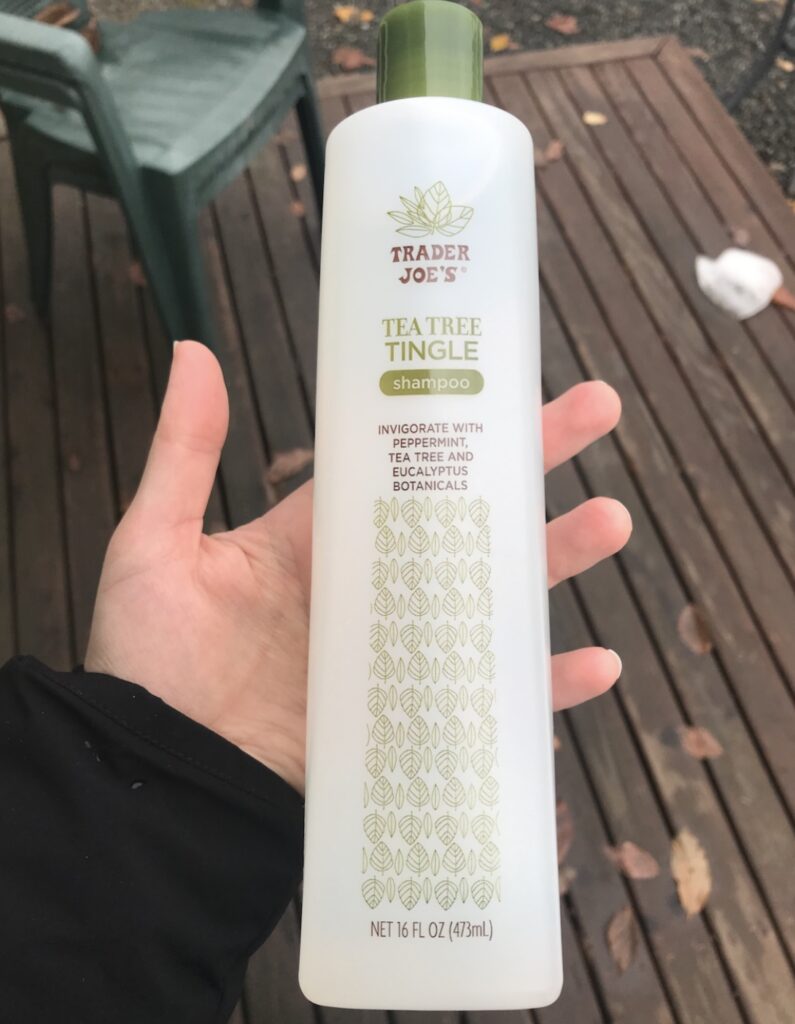

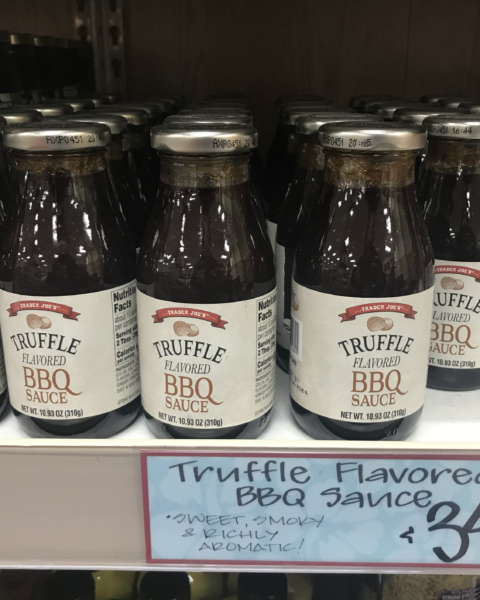

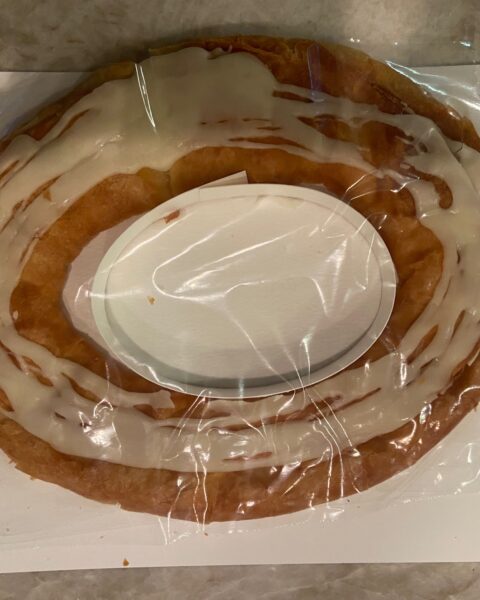
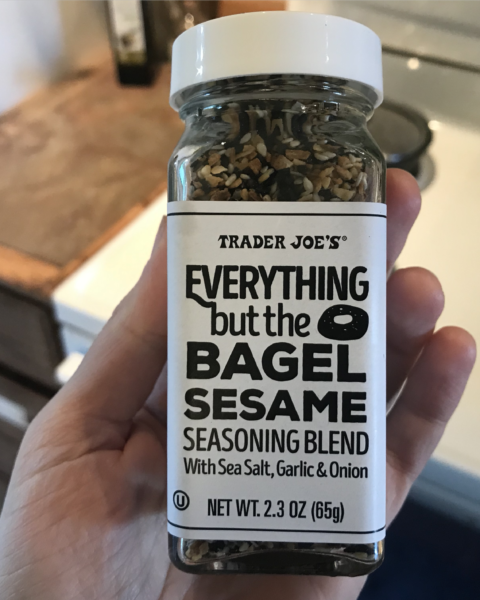
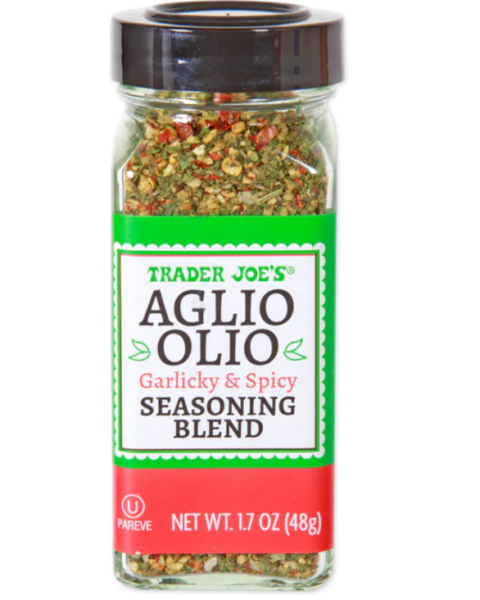
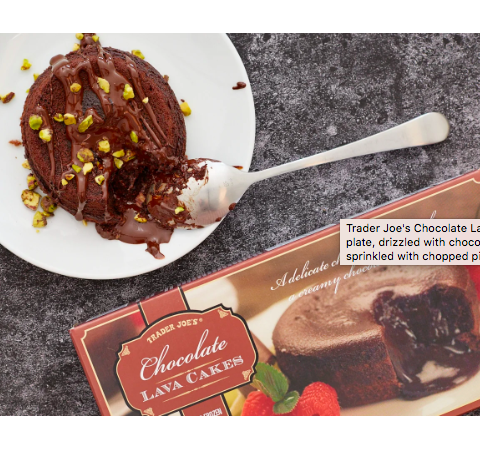
Fret not: sodium chloride is just salt. There are certainly inorganic salts that may be harmful, but I’m pretty sure table salt is pretty benign, as far as things go.
My girlfriend (curly 3A type or thereabouts) has been using both the shampoo and conditioner for years just about nightly and it’s great stuff. She follows with Kinky Curly Curling Custard gel with the “plopping” method while still wet.